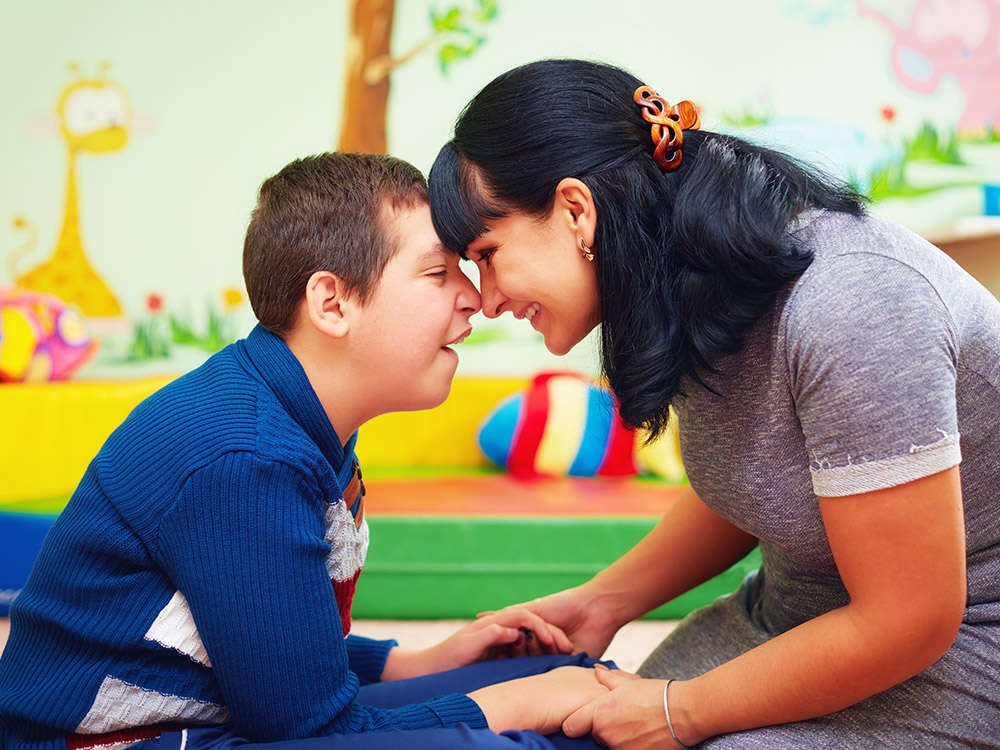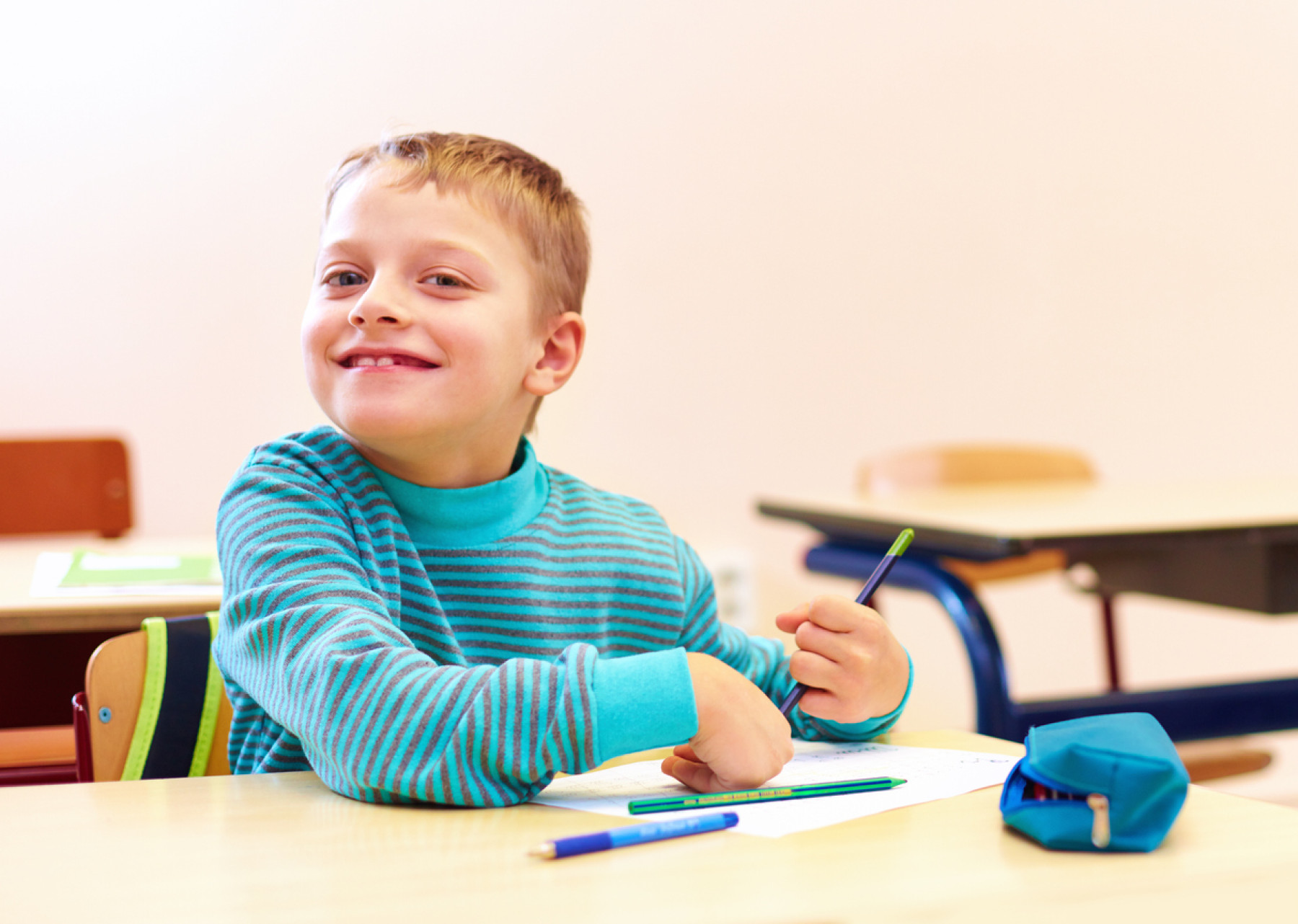How to Create an Inclusive Setting for Friends and Household with Autism
How to Create an Inclusive Setting for Friends and Household with Autism
Blog Article
Recognizing Autism: A Comprehensive Overview to Signs And Symptoms and signs
Autism Spectrum Problem (ASD) incorporates a wide variety of features that can substantially affect a person's social interactions and everyday performance. Recognizing these nuances not only aids caregivers and educators in offering ideal assistance but also promotes a more inclusive atmosphere for people with ASD.
Review of Autism Range Condition
Specifying Autism Range Disorder (ASD) involves identifying it as a complex neurodevelopmental condition identified by a range of obstacles in social communication, communication, and behavior patterns. The term "range" mirrors the broad variability in symptoms and their extent, which can vary considerably from one person to one more. ASD typically shows up in early childhood, although some people may not get a diagnosis up until later in life.
Factors influencing the growth of ASD consist of hereditary proneness and environmental aspects, although the specific reasons continue to be under examination. Diagnosis typically depends on behavior analyses, as there are no clear-cut medical examinations for ASD. Early intervention is crucial and can substantially enhance outcomes, concentrating on improving interaction abilities, social interactions, and flexible actions.
Individuals with ASD may also exhibit one-of-a-kind staminas, such as remarkable attention to detail or specific locations of expertise. Comprehending the diverse nature of ASD is vital for promoting an inclusive environment that fits neurodiversity. Proceeded research is crucial for establishing reliable treatments and support systems, allowing individuals with ASD to prosper and satisfy their prospective within culture.
Typical Indications of Autism
Acknowledging the usual indicators of Autism Spectrum Condition (ASD) is crucial for early identification and intervention. These signs can vary extensively in severity and discussion, however certain attributes are frequently observed in individuals with ASD.
One of one of the most prevalent indications is a significant trouble in establishing and maintaining eye contact. Individuals might additionally display restricted rate of interest in social communications and show a preference for singular play. Repeated behaviors, such as hand-flapping, shaking, or spinning things, typically emerge early in youth. Furthermore, some kids might create rigorous routines and end up being distressed if these routines are disrupted.
Sensory level of sensitivities are also usual; people might panic or underreact to sensory stimulations, such as noises, appearances, or lights. autism. Language development can be atypical, with some kids exhibiting delayed speech or utilizing language in uncommon ways, including echolalia-- duplicating expressions or sentences heard elsewhere
It is crucial to keep in mind that not every individual with ASD will present all these signs, and the degree of these actions can vary significantly. Early recognition permits prompt assistance and resources, boosting the lifestyle for those on the range.
Social Communication Difficulties
Social communication difficulties are a trademark of Autism Spectrum Condition (ASD), influencing an individual's ability to engage properly with others. These difficulties can materialize in various methods, including difficulties in starting and keeping discussions, comprehending social cues, and responding appropriately in social interactions.
Individuals with ASD may deal with nonverbal communication, such as eye contact, face expressions, and body language. This can lead to misconceptions, as their communicative intent might not be properly interpreted by others. Moreover, they might find it tough to comprehend the subtleties of tone and context, which are crucial for reliable interaction.
In team settings, individuals with ASD may really feel overloaded and may not understand exactly how to join in discussions (autism). They might also exhibit atypical conversational patterns, such as monologuing concerning details interests without recognizing social reciprocity
Furthermore, these challenges can cause social seclusion or problems in forming partnerships, as peers might misinterpret their habits or interaction style. Understanding these social communication challenges is critical for promoting helpful settings that advertise social skills growth and enhance the quality of communications for people on the autism range.
Sensory Level Of Sensitivities and Actions
Many individuals with Autism Spectrum Problem (ASD) experience increased sensory level of sensitivities that can considerably pop over to this site affect their day-to-day lives. These sensitivities might show up as over-responsiveness or under-responsiveness to sensory stimulations, including audios, lights, appearances, tastes, and smells. A person with ASD may find everyday noises, such as a vacuum cleanser or crowded environments, overwhelmingly distressing, leading to anxiousness or meltdowns. Alternatively, some may exhibit an indifference to pain or extreme temperature levels, which can position security issues.
Sensory processing distinctions in people with ASD can likewise impact their ability to engage in routine activities and social communications. For instance, a kid who is delicate to touch may resist physical affection or avoid certain clothes textiles. Conversely, a preference for particular appearances or preferences can restrict nutritional options and produce obstacles during mealtimes.
Understanding these sensory sensitivities is crucial for identifying the one-of-a-kind experiences of individuals with ASD. Awareness of their sensory accounts can promote better communication and support strategies, creating a setting that suits their requirements and enhances their top quality of life. Inevitably, acknowledging sensory sensitivities is an important element of understanding the wider spectrum of autism.

Supporting Individuals With Autism
Effective assistance for people with Autism Range Disorder (ASD) is vital for boosting their total well-being and cultivating independence. Assistance strategies should be customized to fulfill the distinct requirements of each individual, considering their staminas and challenges.

Social skills training can also play a critical duty. autism. Involving people in team tasks or role-playing situations can try these out improve their capacity to browse social communications. Furthermore, it is crucial to educate household participants, caretakers, and peers concerning ASD to promote a comprehensive and supportive have a peek at this website community
Final Thought
To conclude, a detailed understanding of Autism Range Condition is necessary for recognizing its signs and signs. Early identification of common qualities, such as social communication challenges and sensory level of sensitivities, enables caretakers and instructors to execute efficient interventions. By promoting improved interaction and social abilities, people with autism can browse their environments more successfully. Eventually, boosted understanding and support can considerably boost the high quality of life for those influenced by ASD.
Autism Range Condition (ASD) incorporates a large array of features that can considerably influence an individual's social communications and daily functioning.Individuals with ASD might have a hard time with nonverbal interaction, such as eye contact, facial expressions, and body language.Numerous people with Autism Spectrum Condition (ASD) experience enhanced sensory level of sensitivities that can considerably impact their day-to-day lives.Sensory handling differences in people with ASD can additionally influence their capability to involve in regular tasks and social interactions.Recognizing these sensory sensitivities is vital for identifying the one-of-a-kind experiences of individuals with ASD.
Report this page